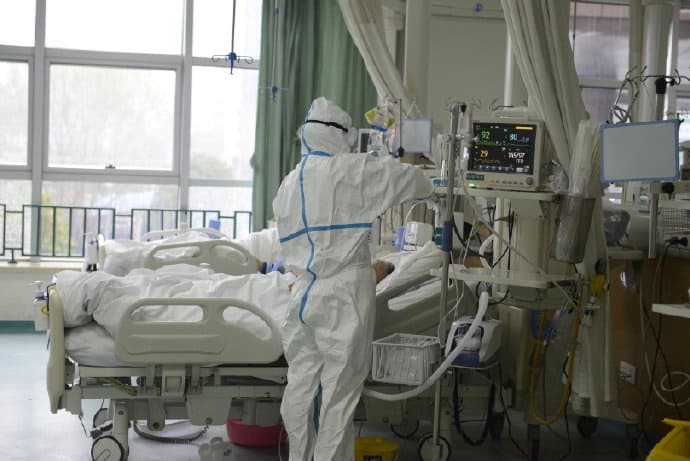Medications provided to infected patients are aimed at treating symptoms instead of countering the infection directly, according to a nurse who was infected by the novel coronavirus (COVID-19) in China and has since recovered. The nurse added that the matter of survival remains dependent on each infected patient’s immunity.
Deng Nanjing, a nurse in a Wuhan hospital in the epicenter of the novel coronavirus outbreak in China, struggled to alleviate her infected patients’ pain and found herself suffering from similar symptoms. She was then admitted to the hospital where she worked, according to a New York Times report.
Fever is the virus’s most common symptom, appearing in 90% of patients. Approximately one-fifth of patients experience shortness of breath, coughing, and fatigue.
Doctors do not have any medications or vaccines to treat COVID-19 and use a combination of drugs and antivirals to relieve symptoms, according to Nanjing.
Medicines that were prescribed in hospitals in Wuhan include:
- Arbidol, an antiviral medicine used to treat influenza in China and Russia.
- Tamiflu, an antiviral medicine used to treat influenza, which is widely available in many countries around the world.
- Kaletra, a treatment usually used for patients with HIV, which appears to prevent the proliferation of the novel coronavirus in the body.
- Antibiotic drugs are administered intravenously in combination with nutrition products, especially as patients develop anorexia during the quarantine period.
Performing an x-ray can reveal damage to a patient’s lungs. In advanced cases, patients must be connected to a respirator.
Days after the patient begins to recover, their appetite returns and their immune system becomes stronger, producing antibodies that help kill the virus. This was the case with nurse Nanjing, who donated her plasma which could contain antibodies and potentially be used to treat future COVID-19 patients.
For patients with immune systems that cannot resist the disease, body temperature will start to rise, causing vomiting, diarrhea, hallucinations, and the loss of smell and taste senses. Meanwhile, the heart rate slows down to 50 beats per minute.
High-risk patients include older adults—especially those over 80 years old—and people with serious chronic medical conditions such as heart disease, lung disease, and diabetes.
Confirmed COVID-19 cases have reached 183,737 around the world, while the number of fatalities totals 7,177 in 142 countries.
Meanwhile, 80,833 patients around the world have recovered from COVID-19.
The total number of cases in China reached 80,860, including 3,213 deaths and 67,490 recoveries.
The countries most affected by the virus after China include Italy with 2,158 deaths and 27,980 cases, followed by Iran with 853 deaths and 14,991 cases, Spain with 342 deaths and 9,942 cases, and France with 148 deaths and 6,633 cases.

